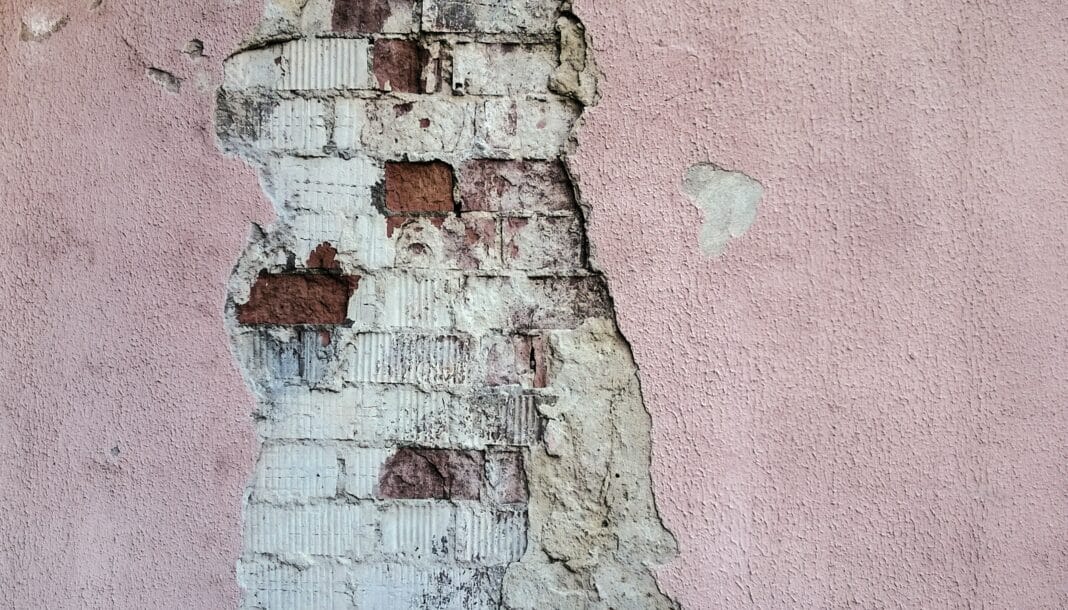When your home interior is constructed using plasterboard, it is an efficient way to finish off rooms in a building, which is why it is used so much compared to traditional wet plaster. However, one drawback is that plasterboard is susceptible to dents and holes, which can look unsightly if left unrepaired. It is not always possible to cover holes in your walls using picture frames and posters, but it is also not too hard to repair holes in the plasterboard, and it is something anybody with basic DIY skills can do. With the correct tools and preparation, you can repair holes in your plasterboard and make it look like they were never there. You will find details below of the tools you need to repair plasterboard holes in your walls and the techniques you can use to fix them to help make your home look fantastic again.
The Tools & Equipment You Will Need
Before you start patching the hole in your plasterboard, you must take inventory and ensure you have everything required to do the job and plan your DIY project accordingly. You do not need any significant tools for the repair job, but there are some items you require, such as:
Once you have everything listed above, you can start fixing the hole in your drylining and making it look new again. However, before you start, it is always worth looking online for tips and advice for the repair job, which can help make the job much more manageable for you.
Step One: Preparing The Area
You will first need to prepare the area before the repair begins, which includes moving any potential obstacles and laying down your dust sheets to prevent any mess. Ensure you have plenty of room to move in the work area, assemble all the necessary tools and equipment, and have them in a convenient location. Once your preparation is complete, you can start the repair process.
Measure The Hole
When you are dealing with a small hole, the easiest way to repair it is to draw a square or rectangle around the hole onto the wall. Next, you want to measure the hole to know the patch size you require. Using your craft knife, you can follow the lines you drew on the wall and cut out the square or rectangle.
Cutting The Patch
Once you know the patch size you need and the hole is cut into the plasterboard, you can cut a patch to fit the hole and ensure it will fit snuggly. You must ensure that when you cut the patch, it is slightly smaller than the hole to allow room for the joint compound.
Attaching The Patch
Apply a thin layer of the joint compound around the hole’s edges, press the patch firmly into it and ensure it is flat and level with the wall. If you are dealing with a larger hole, it is an excellent idea to line it with mesh tape first, giving the patch more support.
Filling The Hole
Using the trowel, you now want to apply the joint compound to the patch and wall and fill the gaps, smoothing over and feathering the edges. For larger areas, you may need to use multiple layers of joint compound, and once finished, you must let it dry, referring to the manufacturer’s guidelines on drying times.
Sand & Smooth The Surface
You must sand the surface around the wall and the patch to eliminate bumps and imperfections. You must ensure you are not too aggressive when sanding the area and take your time until the surface is smooth and flat. You want to create a seamless transition between the wall and the patch, and once complete, you are ready for painting.
Prime & Paint
It is often best to paint the entire wall when you want to cover the patched area, as painting one part of it will often make it noticeable. However, if you do not have time, you will need to use some primer and paint it on the area of the wall where the patch is. Once the primer is dry, you can add the first coat of paint to the area, ensuring you apply it smoothly. Let the first coat dry, and then add a second one. Once the second coat of paint is dry, assess whether it needs another one or if the job is complete.
Planning and preparation are vital to completing your task successfully, and they can help you ensure the success of your project. Do plenty of research before attempting this repair, and watch some of the many videos online about repairing plasterboard, which can help make this task seem simple and ensure you do a fantastic job.





